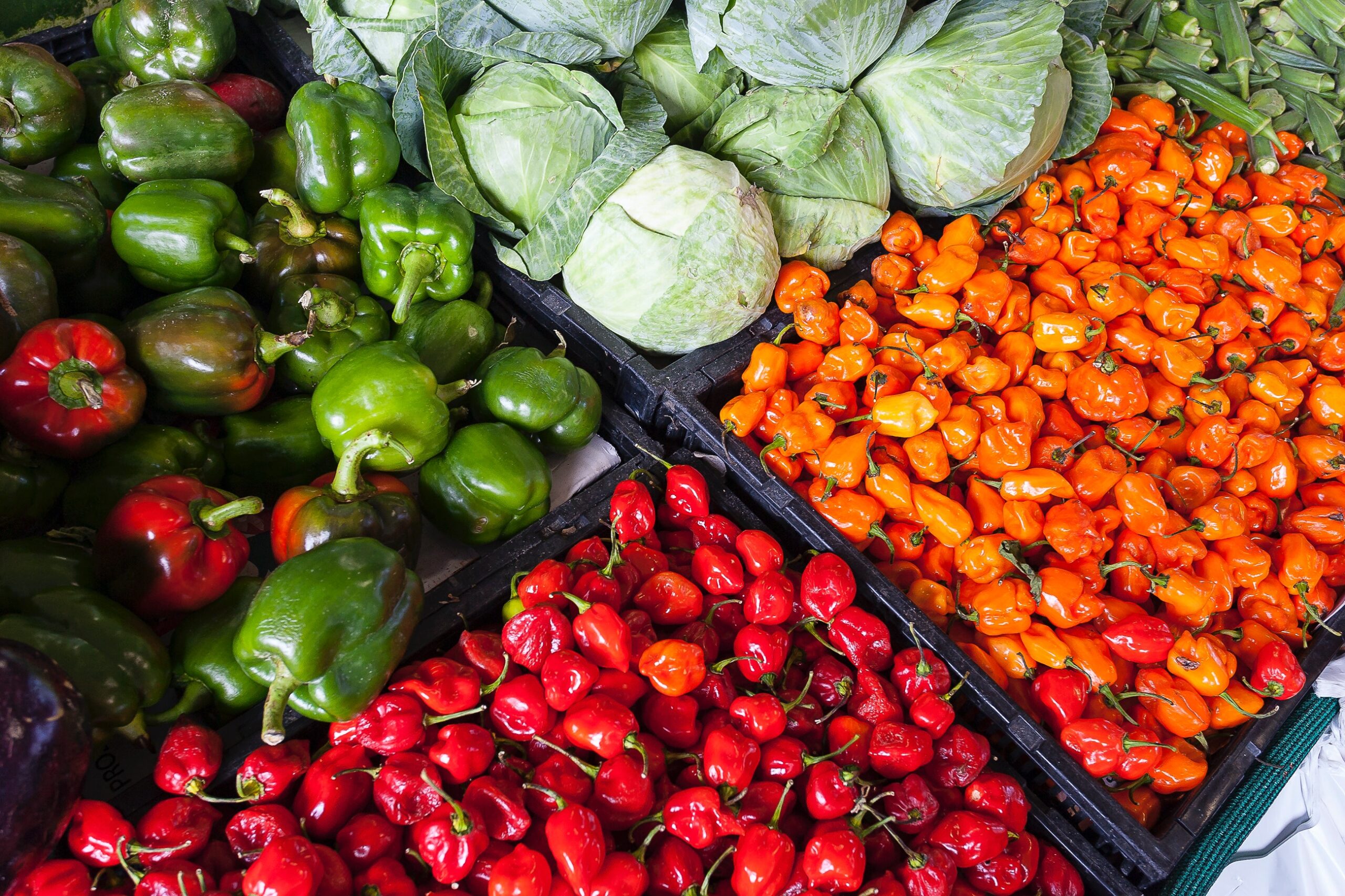An excerpt of Agbiz’s Wandile Sihlobo on the stand of affairs in agriculture.
The impact of load-shedding may continue to influence prices for the next few months.
The South African Crop Estimates Committee lifted the country’s 2022/23 maize production estimate by 2% from last month to 16,1 million tonnes. This crop is 5% more than the 2021/22 season and the third-largest harvest on record. As we stated at an earlier instant, the expected large harvest is primarily on the back of large yields, as the area planted is slightly down from the 2021/22 season.
About 8,5 million tonnes is white maize, with 7,6 million tonnes being yellow maize. A crop of 16,1 million tonnes implies South Africa will have sufficient supplies to meet domestic maize needs of roughly 11,4 million tonnes and have over 3,0 million tonnes for export markets in the 2023/24 marketing year.

Soybeans
The soybeans harvest was unchanged from April’s record estimate of 2,8 million tonnes (up 24% y/y). The crop improvement is due to an expansion in the area planted and the expected higher yields. The ample soybeans harvest means South Africa’s agriculture could meet its domestic demand and remain with over 300 000 tonnes of soybeans for export markets. This soybean export expansion is a new territory for South Africa, which until recently, had been a net importer of soybeans and soybean products, and positive for the agricultural trade balance.
Sunflower
The sunflower seed production estimate remained unchanged from last month at 797 610 tonnes (down 6% y/y). The annual decline in the sunflower seed production forecast mirrors the reduced planted area and yields in some areas. Other small crops, such as groundnuts and dry beans, were lifted from April estimates to 51 510 tonnes (up 6% y/y) and 48 560 tonnes (down 8% y/y), respectively.
Summer agriculture crops harvested
Farmers across the country are hard at work harvesting the summer crops at the momentum. The recent rains have not caused quality issues; thus, we anticipate a large harvest of high-quality summer grains and oilseed. From a grains consumer perspective, these data bode well with the already softening maize and oilseed farm prices and reinforce our view of a possible moderation in grains-related food product prices in the food inflation basket.
Consumer food inflation
The data released by Statistics South Africa this past week shows that consumer food inflation moderated at 14,3% in April 2023 from 14,4% in the previous month. The food products prices that underpinned this slight deceleration are meat; oils and fats; and fruit. Meanwhile, other product prices increased mildly.
Consumer food inflation is expected to remain sticky at relatively higher levels for another month or so, and decelerate in the year’s second half. Red meat prices, which have started to soften, should continue to moderate in the coming months as we see that trend at the farm level. Fruit prices will likely follow a similar trend as the harvest across South African agriculture gains momentum and improves domestic supplies. The moderation in the “oils and fats” products is in line with what we are seeing in the global environment, as South Africa still imports its palm oil usage.
For example, in April 2023, the FAO’s vegetable oil price index was at 130 points, down 45% y/y. Still, the weaker rand exchange remains an upside risk to prices that could reduce the gains for local consumers. The same applies to rice and wheat, as South Africa is a net importer of these products. Moreover, the relatively lower farm-level maize prices will filter into the retail products mainly in the year’s second half. There is a lag between three and five months between farm and retail prices of some products.

Load-shedding impact on agriculture
The impact of load-shedding may continue to influence prices for the next few months. Still, the various interventions to ease the load-shedding burden on farmers, such as load curtailment, expansion of the diesel rebate to the food value chain, and, most recently, the launch of the Agro-Energy Fund, all support the production conditions. Hence, the 2022/23 maize harvest is estimated at 16,1 million, 5% higher than the 2021/22 season’s harvest and the third-largest harvest on record. Soybeans harvest could reach a record 2,8 million tonnes.
Other field crops and fruits also show prospects for decent harvest this season. With that said, the effectiveness of these energy support measures differs across farming enterprises and food companies, and the costs to food producers, mainly those not fully benefiting from the above efforts, remain high because of all the necessary mitigation measures.
South Africa’s agriculture and consumer food inflation outlook for the year’s second half is reasonably better. The key drivers of the expected moderation will be meat, grain-related products, vegetable oils, and fruits, which comprise roughly two-thirds of the consumer inflation food basket.
In conclusion to the above report, it must be stated that there are certain factors (and possibly factions?) that needs to pay urgent attention. But if we wait for people at the top that are totally distanced from the true facts and happenings at base level, the only way forward will be for agri-related organisations and producers themselves to jump in together to bring the agri-production ship back on an even keel. Ed.

